It’s all about marketing by the numbers in this week's episode of “Digital Marketing This Week”, and we have a lot to cover–
You’re going to see a ton of different examples in this week’s DMTW, so be sure to catch the full video below.
This Week's Episode:
CPC = Cost Per Click
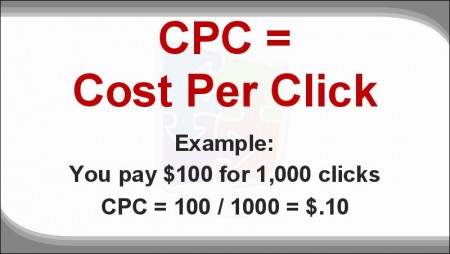
EPC = Earnings Per Click
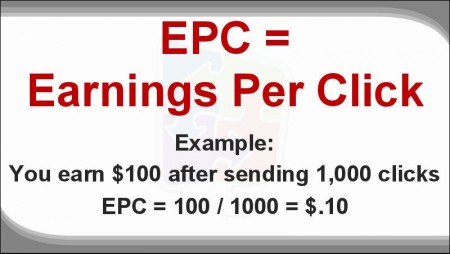
RPC = Revenue Per Click
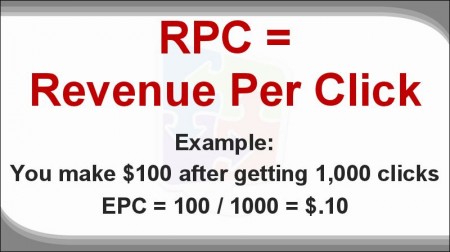
Open Rate

Just a side note for this–when you’re checking for open rates, be sure you’re checking for UNIQUE open rates. You want 100 individual people opening your email, not 1 person opening the same email 100 times.
CTR = Click Through Rate
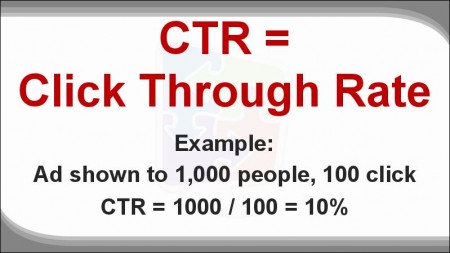
CLV = Customer Lifetime Value

ROI = Return On Investment

(ROI is a way to figure out a way the percentage of how much money you’ve earned.)
CVR = Conversion Rate
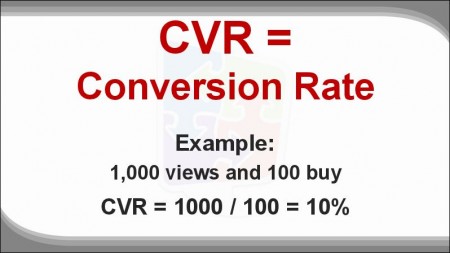
HINT: You can automate this by using tools like goal tracking with Google Analytics!
CPL = Cost Per Lead

This is important, because now you can determine how much it costs to generate a lead; and this ties closely to–
RPL = Revenue Per Lead
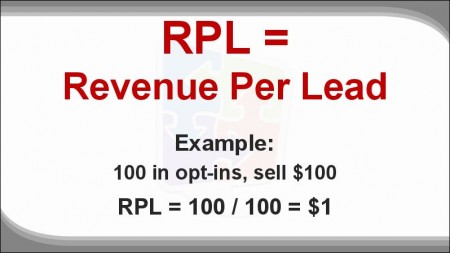
You’re not supposed to have a revenue value smaller than your CPL.
So for instance, if your CPL is $10, but your RPL is only $1, then that means you’re losing $9 for every click. (Not good!)
CAC/CPA = Cost To Acquire A Customer / Cost Per Acquistion
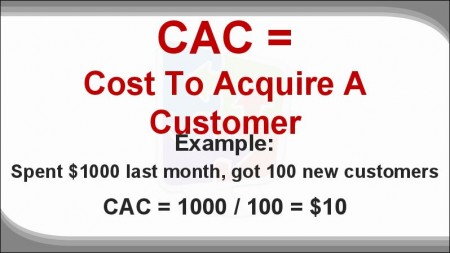
This is different from the CPL. CPL refers to someone who may or may not have bought anything; CAC/CPA are people who become actual paying customers.
In Conclusion….
For a live walk through of how these terms and numbers work, be sure to check out the full “Digital Marketing This Week” webinar so we can show you how you can interpret the different metrics. In the webinar, we’ll show you how to track certain numbers, how to adjust it given your current revenue scenario and show you different examples on how to compute and achieve your ideal numbers.
And as you gather more data about your sales, you’ll get a better picture of where you stand in terms of revenues and profit, giving you the opportunity to ramp up or scale down–depending on what you need.
Now–as marketers, knowing your numbers (such as these) are one of the most important things you can learn. It tells you where to step and where not to step. The more you understand these numbers, the better you’ll be able to manage and handle your business.
This week’s topic might be a little confusing for some, so if you have questions, be sure to leave it in the comment section below and I will try to answer it as best as I can.
– Mercer
Our SlideShare Slides:
Have a question?
Get access to the live Digital Marketing This Week webinar, including a chance to get answers to your toughest marketing challenges! Enter your name and email below:
![]() We value you and your information is kept safe.
We value you and your information is kept safe.




